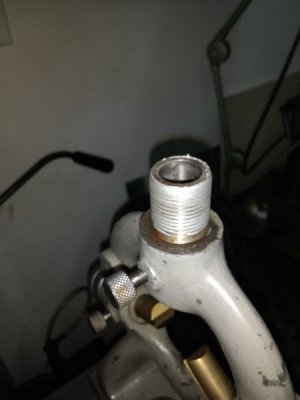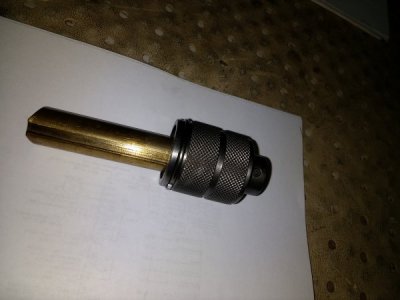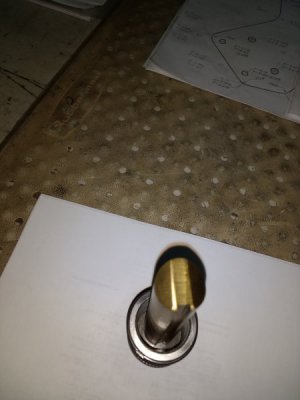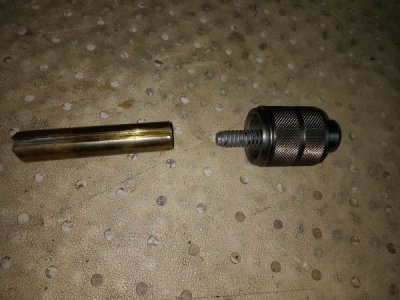- Joined
- Jul 2, 2014
- Messages
- 7,594
It is for work that needs more support, mostly longer work. Like facing (or boring, turning, threading, or whatever) the end of a three foot long by three inch diameter bar or tube. It mostly comes into play when doing an operation that does not allow a tailstock center to be used to support the work.A follow rest is for knurling, threading or facIng/contour to add rigidity away from the chuck for flex control?





